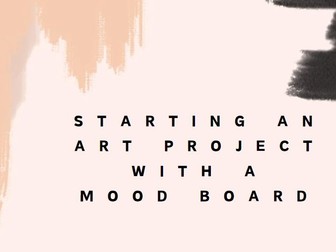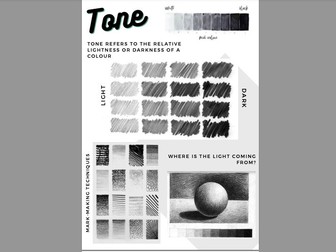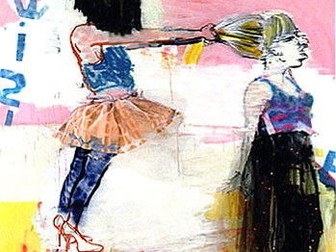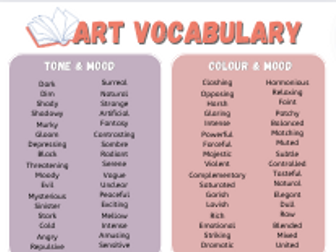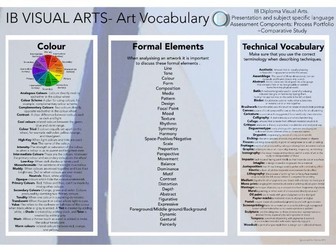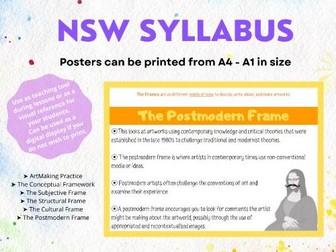
Art Visual Analysis
Worksheet detailing how to visual analyse one piece of art work.
Teaches GCSE Students to interact and devop there understanding of the art work they are choosing to study in order to enhance their knowledge.
Analysis covers many areas- first description, meaning, composition, tone, form, colour, mood, process etc with key words.
Stick your art work in the middle and work your way around the boxes to build up your analysis. Eaxh box has questions, possible sentence starters etc.
If you found this resource helpful please leave a review.

